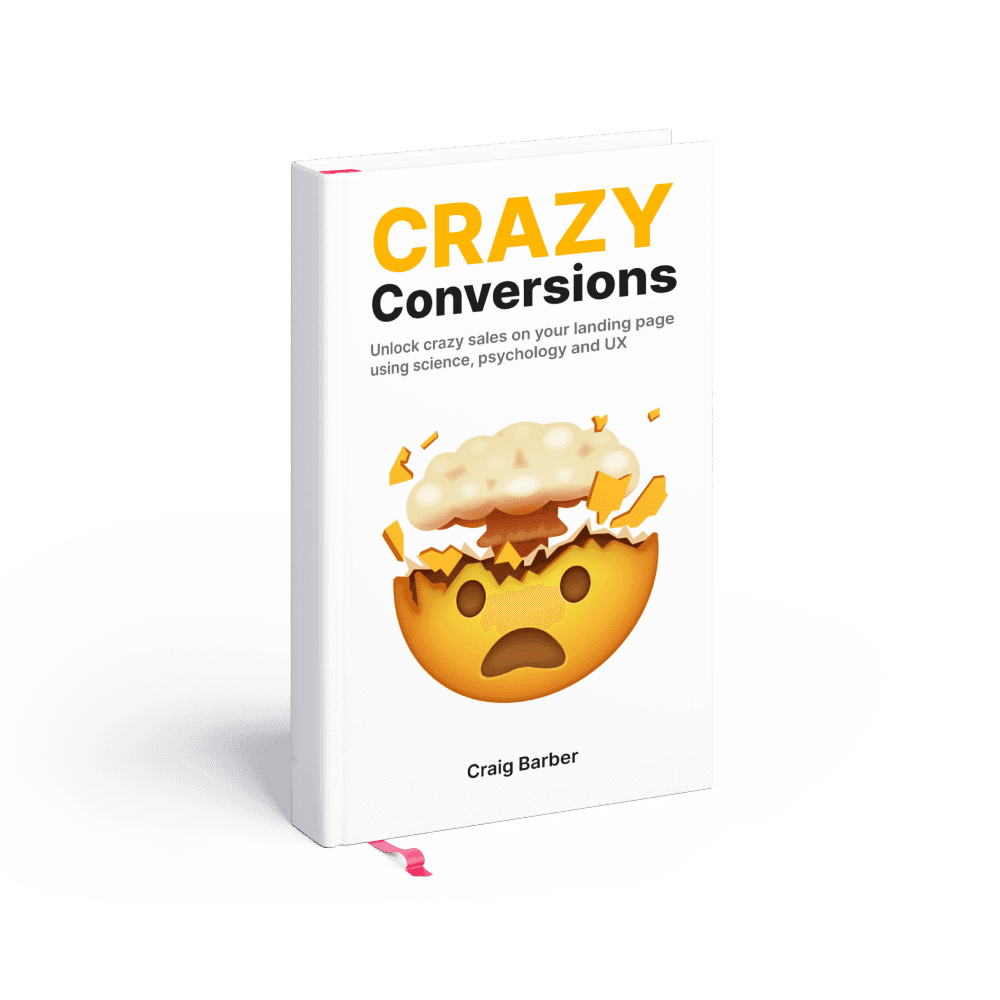Your Ultimate Guide to Heuristic Evaluation for UX Designers
Uncover the secrets of Heuristic Evaluation and revolutionize your digital product designs
Welcome, UX designers! Get ready to discover the magic behind creating unforgettable user experiences.
In this blog post, we explore the powerful world of Heuristic Evaluation – a game-changing method that will revolutionize your digital product designs.
As technology evolves and user expectations soar, delivering exceptional experiences is a must.
Heuristic Evaluation holds the key to unveiling hidden issues and crafting designs that leave a lasting impact.
Whether you're a seasoned pro or a budding designer, this guide will be your compass to UX greatness.
Let's get started!
What is Heuristic Evaluation?

Let's start with the basics.
Heuristic Evaluation is a method of usability inspection where a group of experts, usually UX designers or usability experts, evaluates a digital product (like a website, app, or software) against a set of usability principles called heuristics.
These heuristics are essentially guidelines or best practices that aim to identify potential usability issues and improve the overall user experience.
Video explainer of Heuristic Evaluation:
25 Examples of Heuristic Evaluation Tasks

Navigation Clarity: Assess the ease of finding essential information or features within the digital product. Can users locate what they need without feeling lost?
Error Handling: Check how the product handles errors and provides feedback to users. Does it provide clear error messages and guidance?
Consistency and Standards: Evaluate if the interface follows established design patterns and conventions, ensuring a familiar experience for users.
Form Usability: Review the forms within the product. Are they user-friendly, with clear labels, input validation, and minimal friction?
Accessibility: Assess whether the product meets accessibility standards, making it inclusive for all users, including those with disabilities.
Feedback and Confirmation: Check if the product provides appropriate feedback and confirmation messages to users when they perform actions.
Error Prevention: Evaluate whether the product includes mechanisms to prevent critical errors or accidental actions by users.
Help and Documentation: Check if the product provides clear and accessible help resources or documentation to assist users in achieving their goals.
Onboarding Experience: Assess the onboarding process for new users. Is it intuitive and informative, helping users understand the product's value and features?
Loading and Response Times: Evaluate the product's loading and response times. Are users waiting too long for tasks to complete?
Visual Hierarchy: Review the visual hierarchy of elements on the screen. Is it clear which elements are more important or relevant to users?
Aesthetics and Branding: Evaluate how well the product aligns with the brand's identity and overall aesthetics, creating a cohesive user experience.
User Control and Freedom: Check if the product provides users with the ability to undo actions or go back to a previous state without penalty.
Performance and Stability: Assess how well the product performs under different conditions and whether it remains stable during usage.
Mobile Responsiveness: For mobile products, check how well the interface adapts to different screen sizes and orientations.
Gestures and Interactions: Evaluate the use of gestures and interactions in touch-based interfaces. Are they intuitive and consistent?
Personalization and Customization: Check if the product allows users to personalize their experience or customize settings according to their preferences.
Search Functionality: Assess the effectiveness of the product's search feature. Can users find what they're looking for easily?
Consent and Privacy: Review how the product handles user consent and privacy, ensuring compliance with data protection regulations.
Error Recovery: Evaluate how well the product guides users in recovering from errors or issues that may occur during their interactions.
User Feedback and Surveys: Check if the product collects user feedback effectively, and if applicable, includes user surveys for improvement insights.
Social Sharing and Integration: Assess the integration of social sharing features and their impact on the user experience.
Offline Functionality: For web or mobile apps, evaluate how well the product functions in offline mode and whether it provides appropriate feedback.
Notification and Alerts: Review the use of notifications and alerts, ensuring they are timely, relevant, and non-intrusive.
Microinteractions: Evaluate the implementation of microinteractions (small, subtle animations or responses) to enhance the user experience.
Why Use Heuristic Evaluation in the Digital Product Design Process?

Cost-Effective: Heuristic Evaluation doesn't require an extensive user testing setup, making it a budget-friendly option for evaluating usability.
Early Detection of Issues: By involving experts in the evaluation process, you can identify potential usability problems early on and address them before launch.
Multiple Perspectives: A team of evaluators brings diverse viewpoints, increasing the chances of spotting various usability issues.
Objective Insights: Heuristics provide a structured framework, making the evaluation process more objective and systematic.
Quick Turnaround: Compared to user testing, Heuristic Evaluation typically takes less time to complete, allowing for quicker design iterations.
Frequently Asked Questions on Heuristic Evaluations and Digital Product Design

Can Heuristic Evaluation replace user testing?
While Heuristic Evaluation is a valuable technique, it complements rather than replaces user testing. Both methods offer unique insights, and combining them ensures a more comprehensive understanding of the user experience.
How many evaluators should I involve in the process?
The general recommendation is to have 3-5 evaluators. This number strikes a balance between gaining diverse perspectives and keeping the process manageable.
When is the best time to conduct a Heuristic Evaluation?
Ideally, start Heuristic Evaluation during the early stages of design. However, you can also conduct it at any point in the design process to catch issues and improve the user experience.
How often should I conduct Heuristic Evaluations for my product?
It's a good practice to perform Heuristic Evaluation regularly, especially when introducing significant updates or new features. Quarterly or bi-annual evaluations can help maintain a high standard of usability.
Can I use Heuristic Evaluation for non-digital products?
While Heuristic Evaluation is commonly used for digital products, you can adapt the same principles to evaluate non-digital products' usability.
Conclusion
Heuristic Evaluation is a powerful weapon in your UX toolkit.
By leveraging a set of heuristics and expert evaluators, you can unveil potential issues in your digital products and create delightful user experiences.
Remember, the goal is to make the journey from user interface to user delight as smooth and enjoyable as possible!
So, go forth and let Heuristic Evaluation transform your design process!
Happy designing!
Boost sales in 30 days or your money back
Introducing Crazy Conversions, the powerful playbook helping founders unlock sales on their landing page
Boost my sales now $29

5/5 stars on Gumroad





